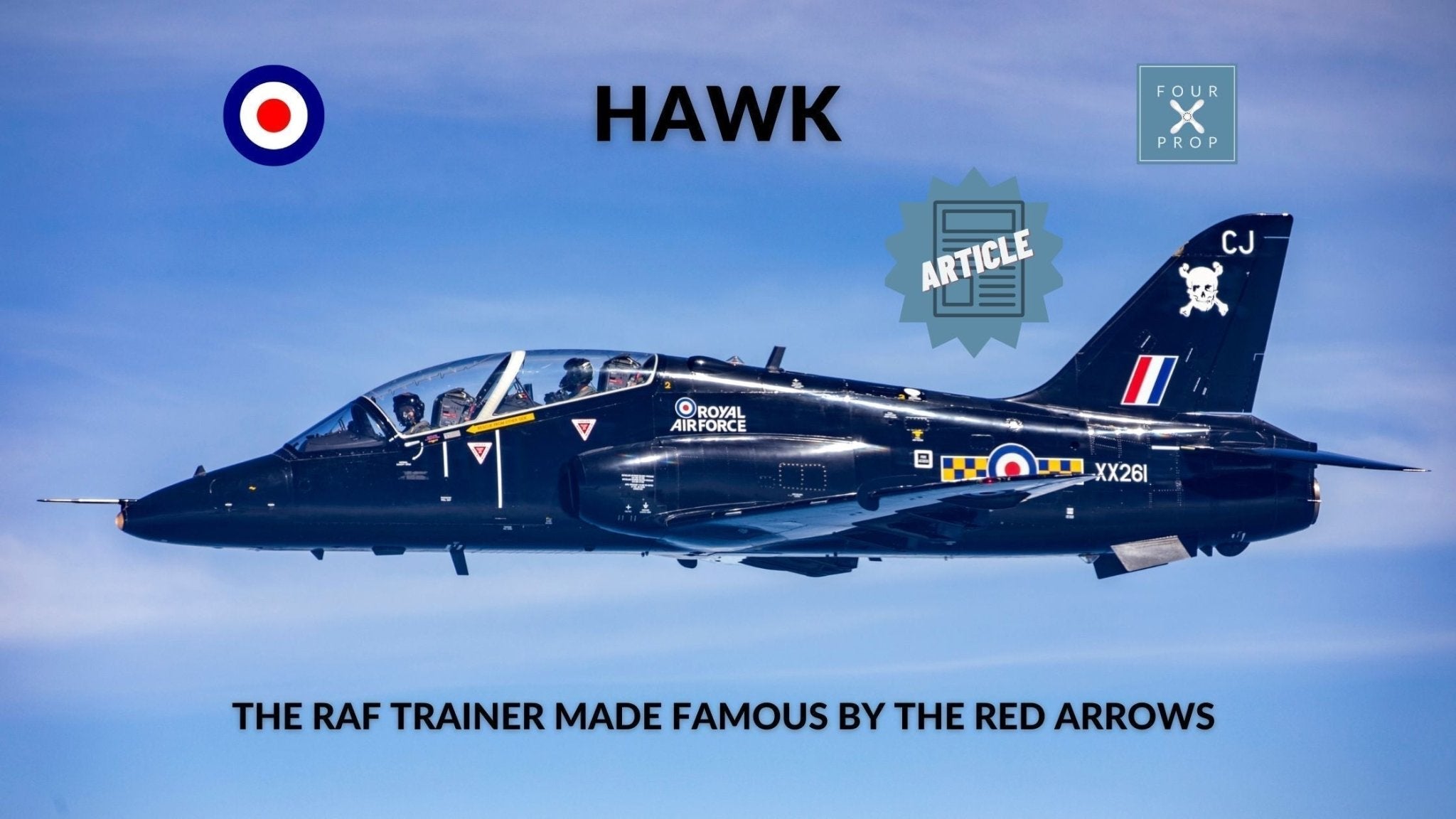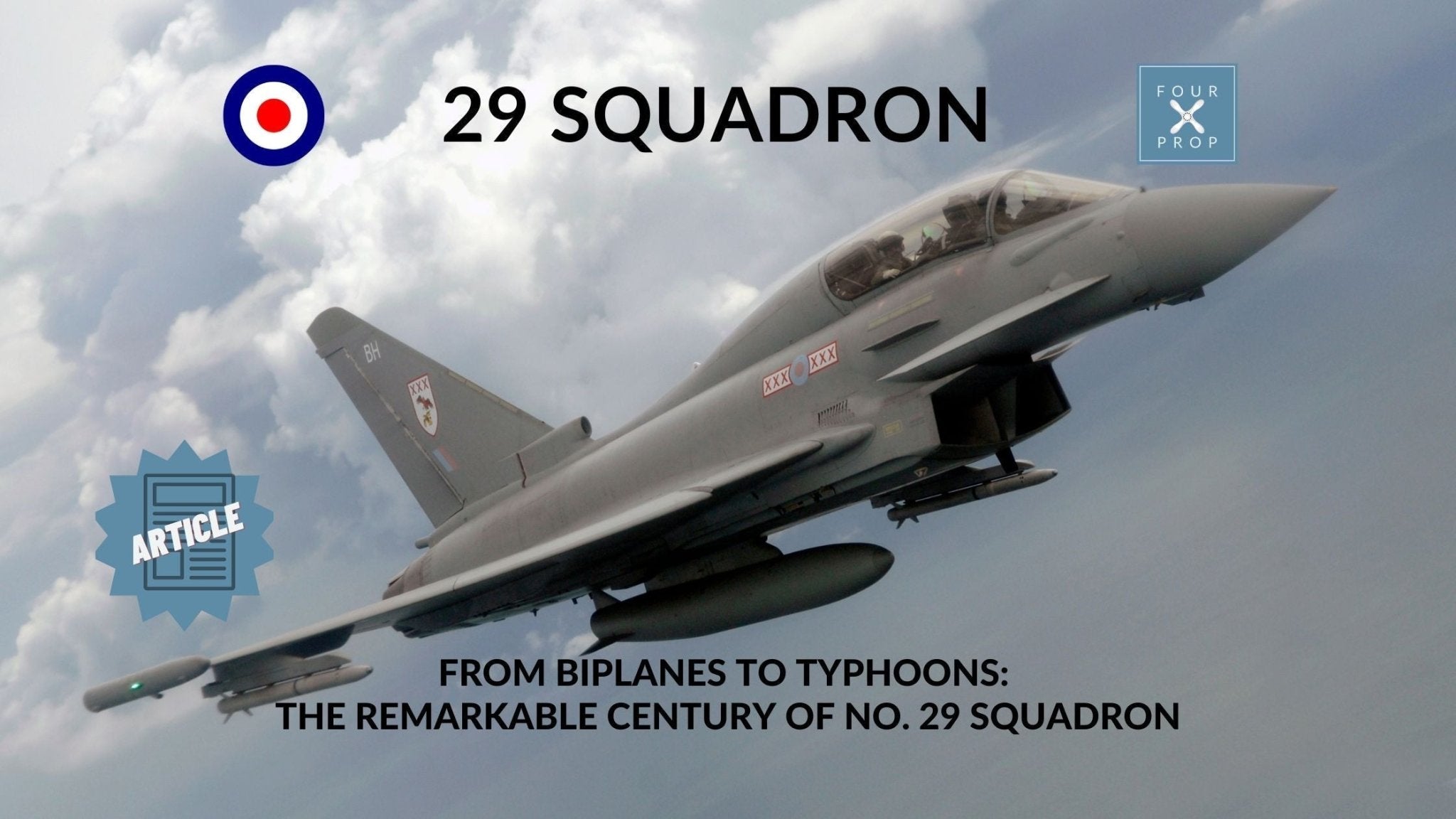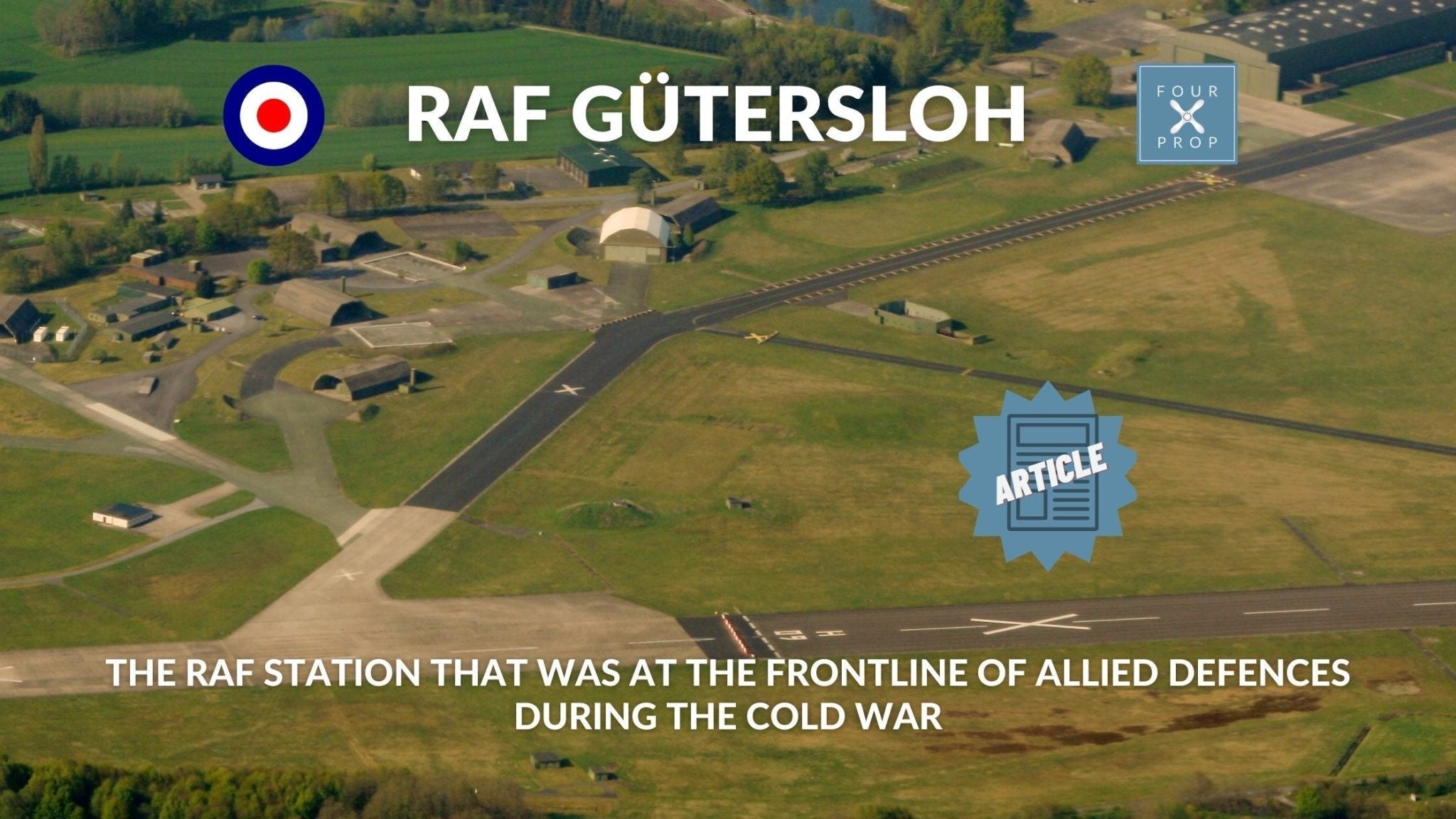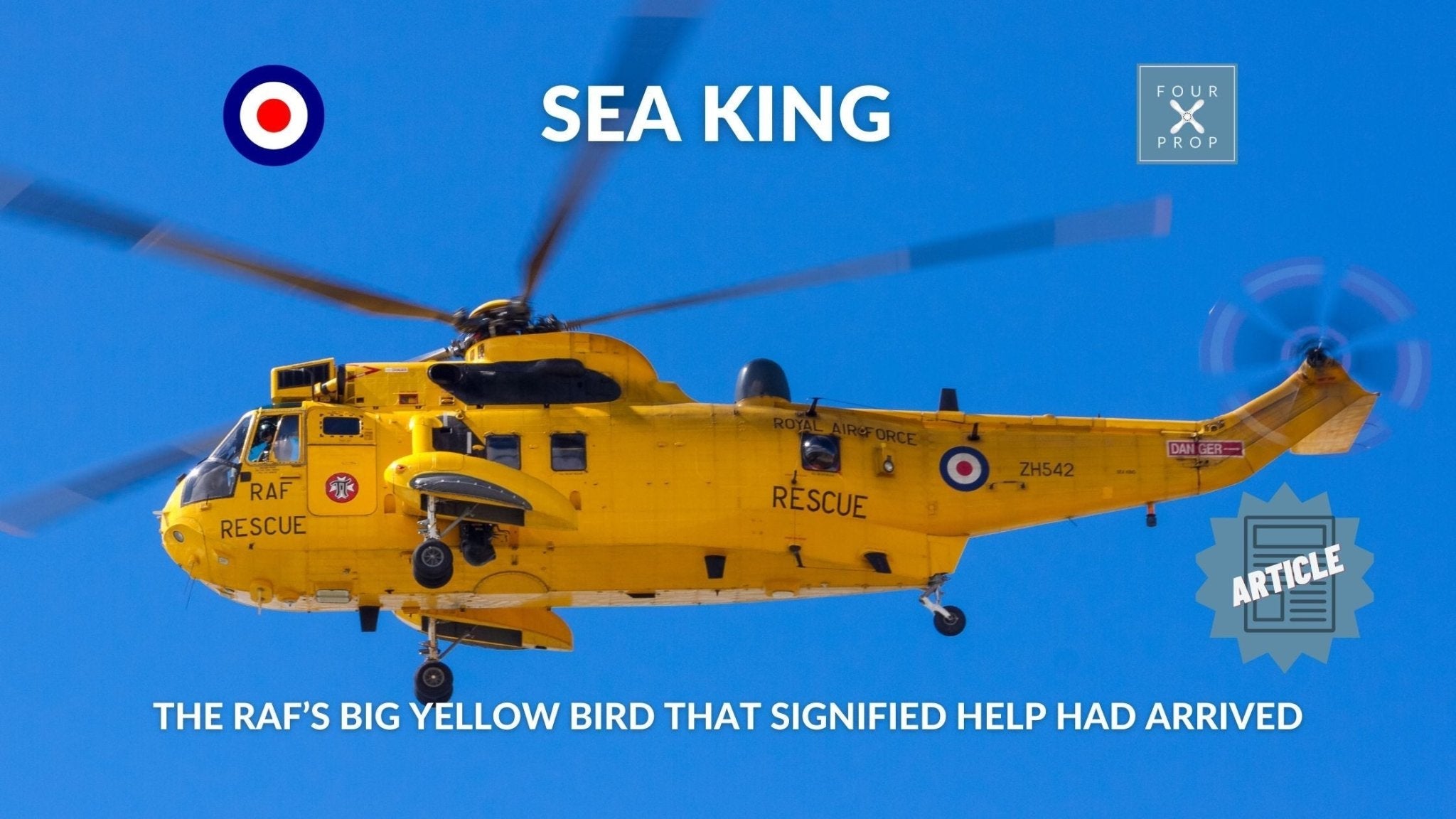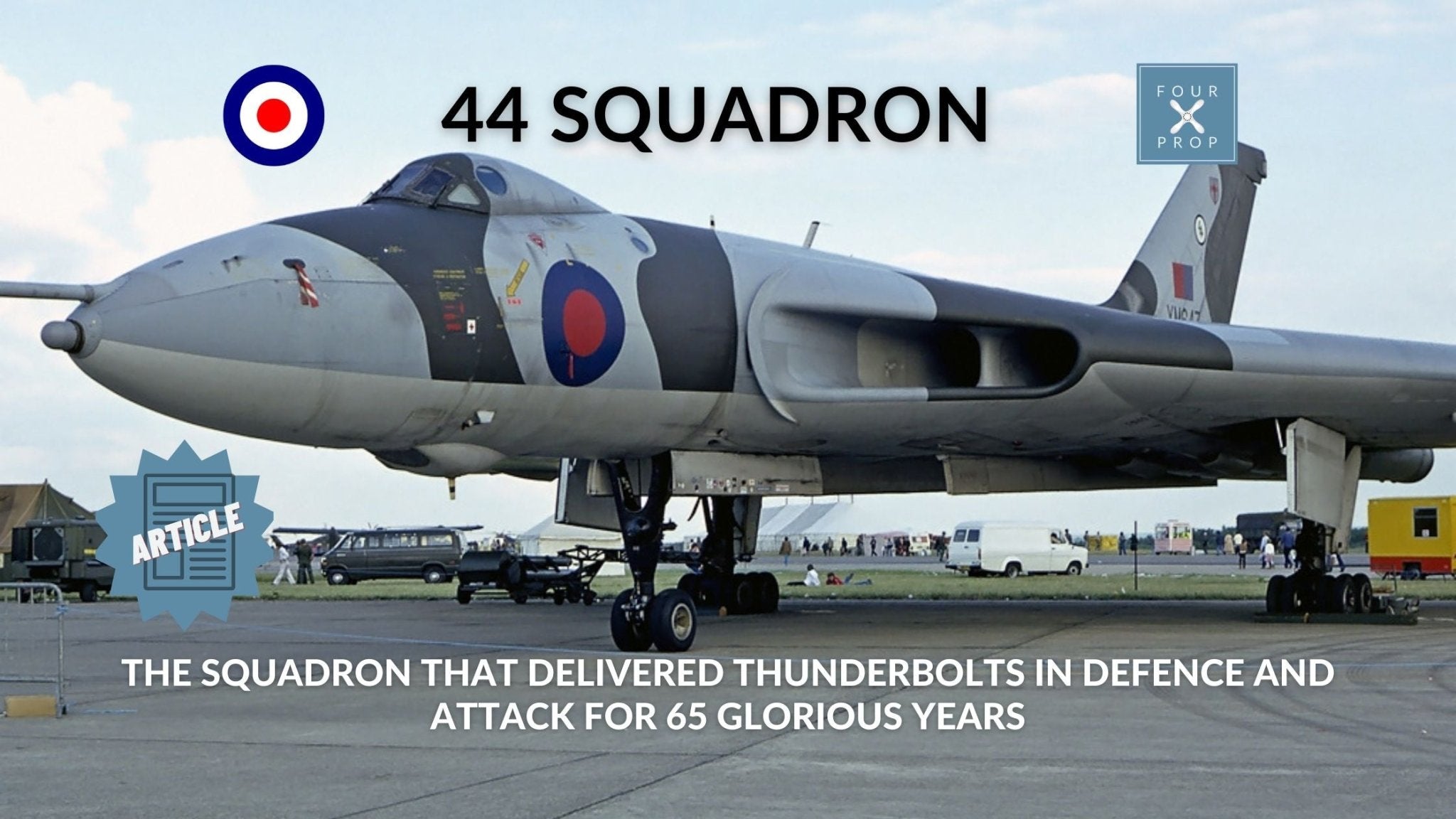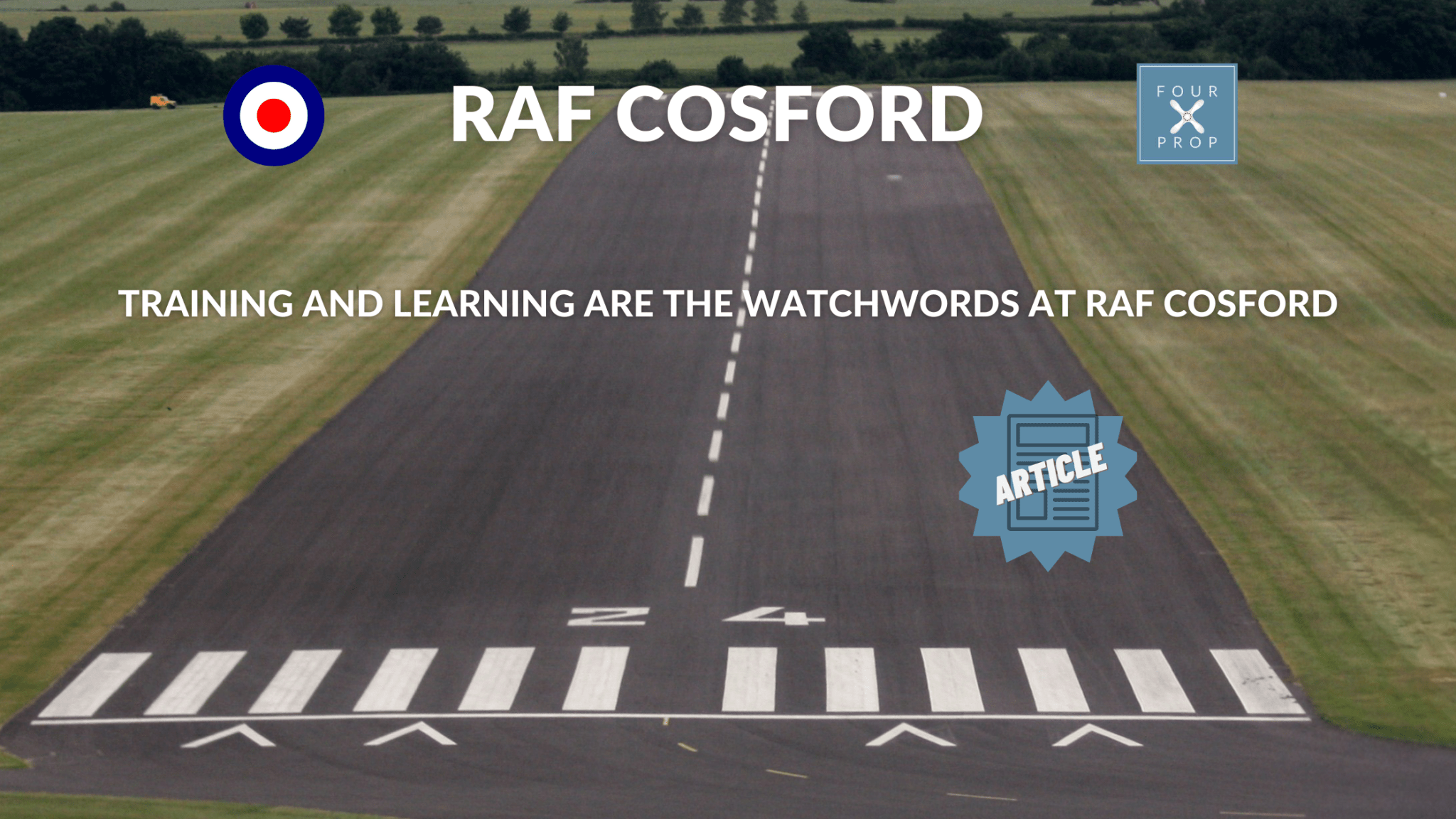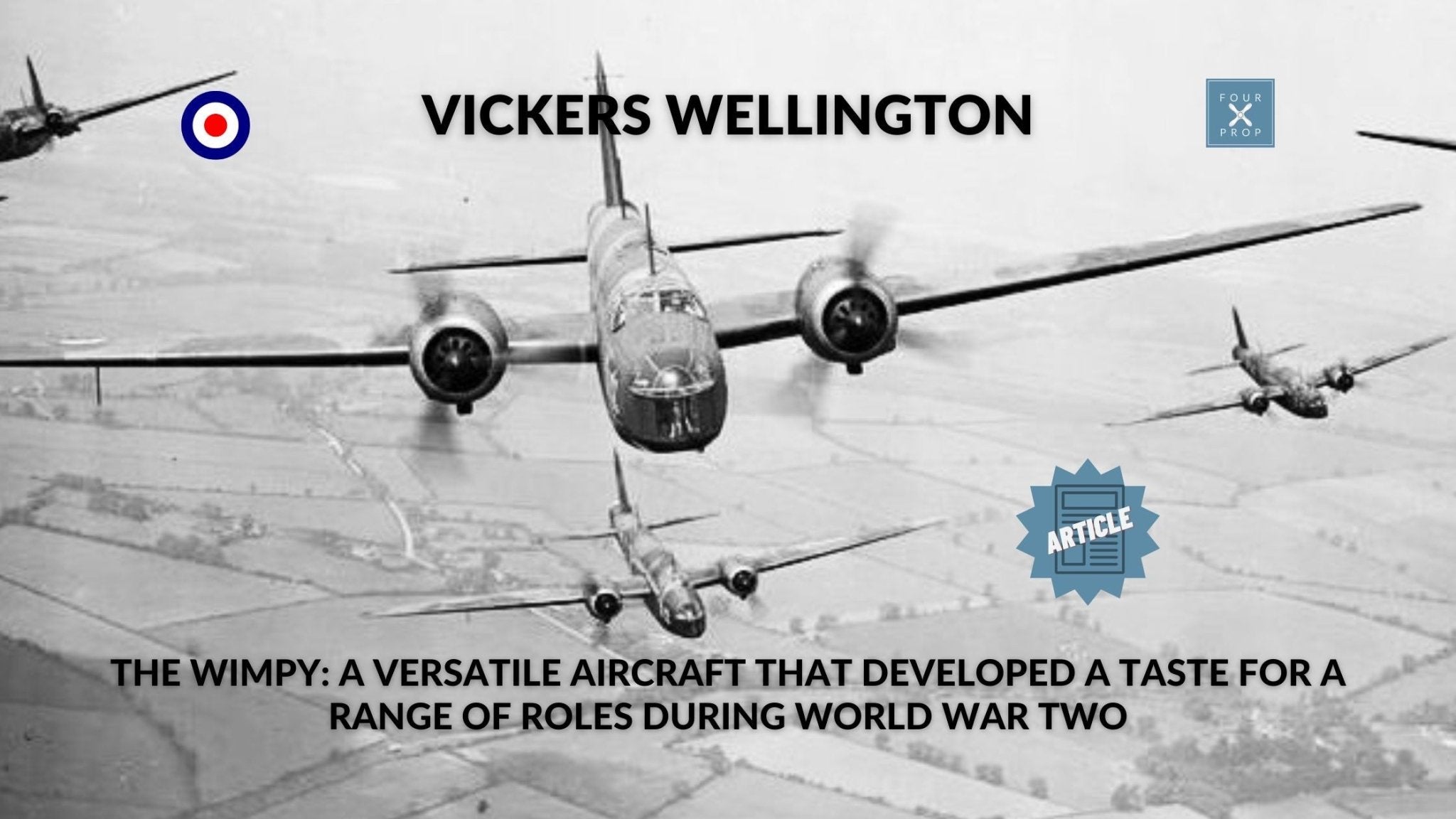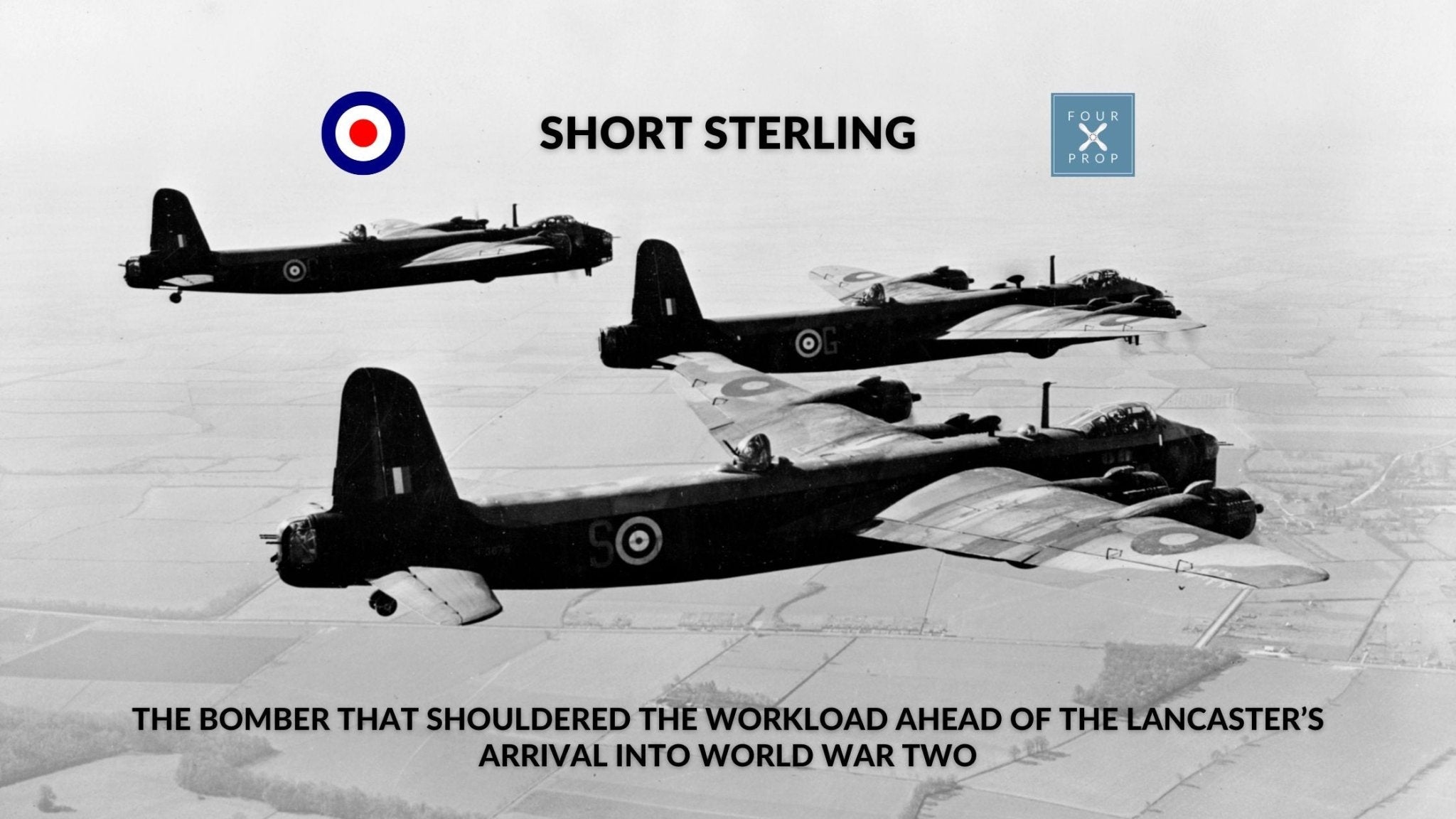The heavy price paid by RAF Kenley, a key site during the Battle of Britain
THE 83rd anniversary of the Battle of Britain has been marked across the UK with services, flypasts and parades, remembering the sacrifices of “The Few” as Winston Churchill famously labelled the RAF and Fleet Air Arm personnel who helped defend the skies of the country against wave after wave of attacks launched by the Luftwaffe over several months.
While the Spitfires and Hurricanes are rightly lauded for their role over the summer of 1940, the aircraft that repelled the German onslaught had to be repaired and patched up so they could return to the fight, and that required functioning airfields across the country.

(The Control Tower at RAF Kenley 1963 - Dick Gilbert)
Among the most important during the Battle of Britain was Kenley, a site located on the outskirts of London between Purley and Caterham, seen by many as crucial in the defence of England’s capital city, the German plan to leave the air route to the heart of the British Government clear in the vain hope of forcing a surrender.
Kenley was one of three stations specifically tasked with defending London, along with Biggin Hill and Croydon, locations that were in permanent use for several months during the summer of 1940.
Kenley had already provided wartime service in 1917, a section of Coulsdon Common which was operating as a golf course commandeered for use by what was then the Royal Flying Corps (RFC). The area was cleared by the soldiers of the Canadian Forestry Corps in June 1917, seven hangars quickly constructed with Sopwith Camels and DH9s tested at the site before being flown over to destinations in France and Belgium for bomber and fighter duties.
While many airfields returned to their former use at the end of World War One, Kenley was thought too important to the defence of London to be dispensed with, the then Secretary of State for Air and War, Winston Churchill, seemingly pre-empting events two decades’ later when making the point in response to a question in Parliament from local MP Sir Stuart Coats.
According to Churchill, it was “desirable that it should be retained as a permanent station by the RAF”, with development at Kenley continuing through the 1920s with a number of fighter squadrons accommodated there, including No. 23 Squadron who spent four years there until 1931, flying a range of aircraft including Gloster Gamecocks.
One pilot of No. 23 Squadron at the time was Douglas Bader, whose daredevil instincts were honed at Kenley, with the young ace known to carry out dangerous stunts. The accident that saw Bader lose his legs was at Woodley Airfield near Reading in December 1931, the then 21-year-old attempting low-flying aerobatics in his Bulldog Mk. IIA when the left wing clipped the ground before crashing.
Kenley closed in 1931 for construction work, reopening in 1934 with Nos. 3 and 17 Squadrons arriving with Bristol Bulldogs, with No. 615 Squadron later forming at Kenley as part of the Auxiliary Air Force. In 1936, Henley became home to Sector B, HQ of No. 11 Group Fighter Command, responsible for several surrounding airfields including Croydon, and in the summer of 1939, with war seemingly inevitable, two concrete runways were built to accommodate the new Spitfires; a range of other facilities were constructed including a large number of anti-aircraft gunnery position in anticipation of enemy air attacks.

(485 Sqn Spitfire Mk. Vbs at RAF Kenley in 1941)
It was the summer of 1940 when the station’s importance became clear, its squadrons attacking German forces in Holland as well as forming part of the force that delivered aircraft replacements for fighter squadrons located in France that had come under sustained attacks from the Luftwaffe.
The squadrons from Kenley also helped provide cover during the Dunkirk evacuation ahead of the start of the Battle of Britain, and it was August 1940 when the station came under sustained attack, culminating in one of the most infamous Luftwaffe assaults on Sunday, August 18, 1940, labelled as “The Hardest Day”, the RAF losing 68 aircraft while the Luftwaffe lost 69.
It was 12.45pm that Kenley squadrons including Nos 64 and 615 were scrambled, 60 Luftwaffe aircraft (including the Junkers and Dorniers that would target Kenley) identified crossing the Channel and approaching the Beachy Head area of Sussex. The German plans were for a concerted attack on Kenley beginning with a dive-bombing raid on the buildings and hangars, closely followed by bombing from high-level to hit the airfield defences, and finally low-altitude Dornier 17s would fly in to finish off anything left intact; the Germans even had a war reporter and photographer aboard one of the planes to record their ‘triumph’.
While the attack was extensive, it wasn’t the devastating blow hoped for, with the British defences helped by poor weather conditions. Around 150 bombs missed Kenley, damaging the surrounding area, hitting railway lines, roads and local houses. However, around 12 military personnel were killed on the ground, two of the stations’ three hangars were destroyed, ten aircraft were damaged beyond repair with a further six hit by Luftwaffe bombs, and the runways were heavily cratered.
While the operations room based at Kenley remained intact, its occupants were forced out of the airfield as all communications were down, work starting immediately to repair the damage with the runway craters quickly filled with rubble located around the airfield, Kenley effectively ready for action within hours of the raid. The main concern was the ease with which the communications had been put out of action, a new comms centre established in an empty nearby butcher’s shop in Caterham village.
But the fightback started almost immediately and despite suffering bad days up to October, the RAF based at Kenley were key in hitting the Luftwaffe hard over the south east, taking out many fighters and bombers as the tide eventually turned in Britain’s favour.
By the end of October 1940, across all the squadrons based at Kenley during the Battle of Britain, 33 pilots were killed in action, with a number of RAF ground crew and soldiers stationed at or near the airfield also losing their lives. Kenley continued as a fully-functioning RAF station until the late 1950s, and it now acts as satellite airfield for RAF Syerston, and is also home to 615 VGS (Volunteer Gliding Squadron).

(Kenley memorial with blast pen in background - Dieter Simon)
A £1.2million project to restore eight fighter blast pens that protected the Spitfires and Hurricanes at Kenley was completed in 2022. During the six-years of work, more than 200 people took part in community digs that uncovered gun emplacements, a dispersal hut, part of a Junkers JU88 bomber, and a range of other finds.



